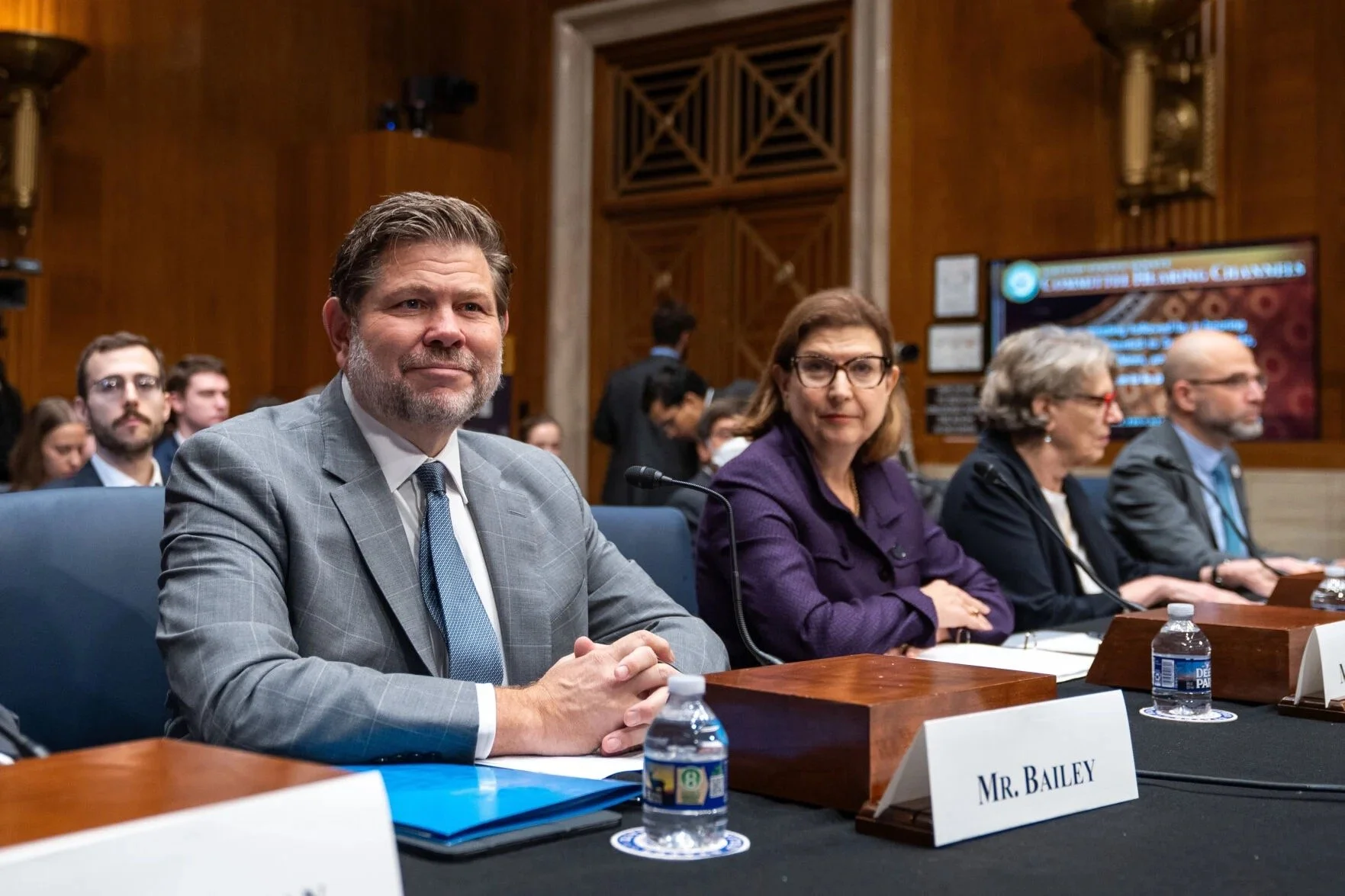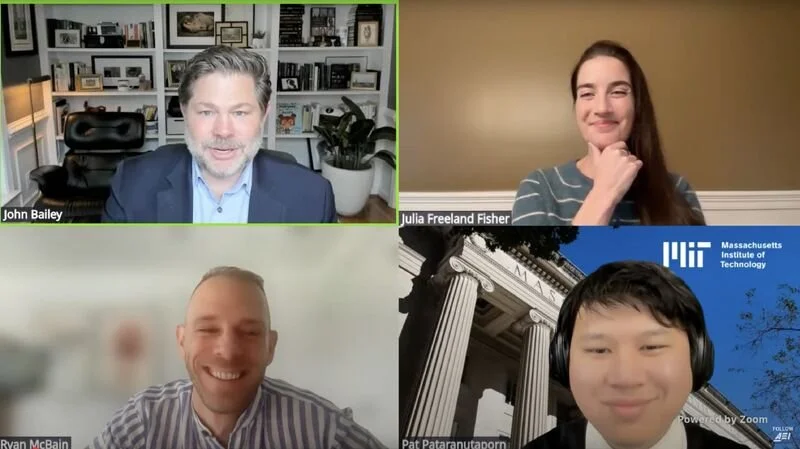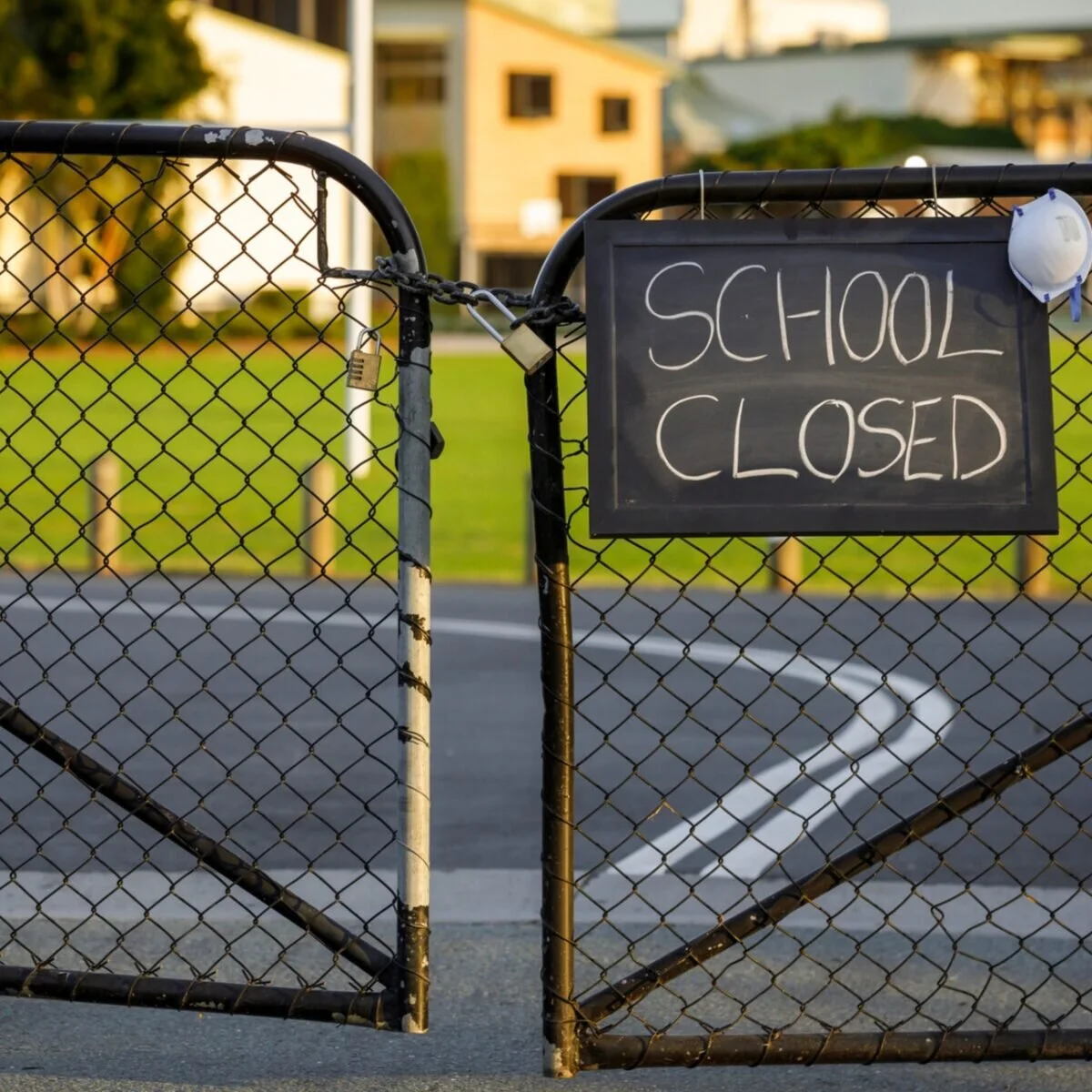Everyone was taken by surprise when schools closed their doors to over 55 million students this spring. When schools reopen, there will be important accommodations to protect students and staff. But some teachers and school personnel — as many as half a million — may not be able to return to school building due to being more at risk for contracting COVID-19. Schools need to adequately prepare for what can only be described as a mounting school personnel crisis in the fall.
A Blueprint for Reopening America’s Schools This Fall
We shouldn’t strive to return to “normal,” but rather to attain something better. Adapting to the challenges of COVID-19 gives America’s schools the opportunity to provide what is uniquely possible in the classroom while seeking new ways to fully use technology and community partnerships. There has never been a better time for schools to run their own pilots of blended learning, personalized learning and competency-based learning. Schools can meld the best of the brick-and-mortar experience of school with digital content, online courses and cloud-based services. Personalized learning could become the way we approach teaching and learning moving forward.
Here Are Five Steps Schools Can Take to Reopen Schools
In many communities, reopening schools will not mean business as usual. Just what will it take to get schools ready, amidst enormous uncertainty?
To tackle that question, we worked with a task force of 19 bipartisan educational leaders — including former state chiefs, superintendents, federal education officials, and school leaders — to develop a blueprint to help states, communities, and schools address these challenges. Here are five key places to start.
A Blueprint for Reopening This Fall: What Will It Take to Get Schools Ready?
Families and communities need America’s schools to be ready to reopen as soon as public-health officials signal that it’s safe. The nation has recently been reminded just how vital schools are. They connect students with peers and mentors, channel youthful energy into productive pursuits, teach essential academic skills and knowledge, and give overwhelmed parents room to breathe and work. Today’s packets and remote learning efforts are at best an inferior substitute for a small portion of this.
A Blueprint for Back to School
COVID-19 Closed Schools. When Should They Reopen?
The Stimulus Package Will Help Families, But It Doesn't Go Far Enough
Recognizing these additional costs many low-income families are now facing, the U.S. Congress should go further in the cash benefit program and provide $1,000 per child. The benefit should have an income cap, $90,000 for singles and $180,000 for couples, so that it targets assistance to those who need it the most. And it should not be a one-time payment, but rather a monthly benefit with clear triggers, such as public-health emergency declarations and extended school closures, to continue the payments until this crisis has abated.
Congress should not wait until the crisis worsens, given the needs families are facing right now that they hadn’t even imagined just two weeks ago. This direct cash assistance could make the difference between a child continuing their studies or falling behind.
What Should Schools Do to Help ‘Flatten the Curve’ in Fighting Coronavirus?
A number of strategies can be deployed to flatten the curve: washing hands, canceling mass gatherings, working from home, self-quarantining, avoiding crowds — and closing schools. No one single action is enough. They must be combined to provide a comprehensive approach to slow the spread. This article explores the role of school closures in flattening the curve.
Closing Schools To Slow a Pandemic
In 2005, while serving as deputy policy director at the U.S. Department of Commerce, I served on an interagency team led by the White House Homeland Security Council that developed the National Strategy for Pandemic Influenza and National Strategy for Pandemic Influenza Implementation Plan. The strategy relied heavily on ways of slowing the spread of viral transmissions – “flattening the curve” – to reduce strain on the healthcare system and provide the time needed to develop and deploy vaccines. One such measure is closing schools.
Could Trump's 'Opportunity Zones' Fight Inequality in the UK?
The United States and Britain are in the middle of an enormous economic and societal shift brought about by globalisation and the automation enabled by advanced technologies.
These trends have without question brought enormous benefits. But there is growing acknowledgement that there are places and people who have been left behind, leading to economic insecurity and political unrest.
While large, urban areas with college education workers are booming, many other areas are still experiencing declining business starts, sluggish job growth, and persistent poverty.
In the wake of the financial crisis these communities are also finding themselves shut out of the capital needed to rebuild their main streets and revitalize their communities.
In the United States, a bipartisan provision of the Tax Cuts and Jobs Act of 2017 created Opportunity Zones which strives to provide catalytic capital to these communities. It works in this way. After investors sell appreciated assets such as stocks, bonds, or real estate, they can reinvest the money gained from those sales into certain equity-financed projects located in an Opportunity Zone.
Investing In Overlooked Entrepreneurs
The federal Opportunity Zone program offers the chance to invest in entrepreneurs in overlooked communities. A central animating theme of the American dream is that anyone with an idea can launch their own business. This entrepreneurial energy makes enormous contributions to society by addressing unmet needs, improving lives and solving pressing problems. These entrepreneurs also serve as an economic engine for communities by creating jobs that lift people out of poverty.
U.S. Launch of Pope Francis’ Scholas Occurrentes
I had the privilege of participating in the event where Pope Francis inaugurated the new headquarters in Vatican City of Scholas Occurrentes. The event was also used to serve as a ceremonious launch for the U.S. chapter based in Los Angeles. I’m honored to be part of the advisory board and look forward to the important discussions that will emerge from this work.
The Credentialing Maze
Credentials have become the coinage of the realm as labor markets demand higher levels of skills and experience. What was once confined to high school diplomas and college degrees has now become an ever-expanding range of credentials offered by schools, post-secondary institutions, apprenticeships, certifications programs, and boot camps. Unfortunately, there has been little data on what credentials exist, how portable they are, and which employers recognize them.
The non–profit Credential Engine has taken the first step in filling this information gap. It recently released a report containing what is believed to be the most comprehensive count of credentials in the labor market, finding a staggering 738,428 unique credentials that include…
9-11 Tribute of Light Flight
I’ve had the chance to do a few aerial flights with FLYNYON and loved experiencing the city from a different perspective. But nothing prepared me for the beauty of the city at night, nor how powerful it would be to see the Tribute of Light on the 18th anniversary of the horrific attacks of 9/11. Incredible tribute to those lost, but also a symbol of resolve and resiliency.
On Safari in South Africa
Pictures from a recent trip to South Africa visiting andBeyond’s Phinda Lodge, Londolozi, and Jabulani. Incredible experience learning about important conservation efforts to protect species, including elephants and rhinos. And a very powerful experience visiting the Apartheid Museum and several places that played important roles in Nelson Mandela’s journey.
Education Policy Notice on Opportunity Zones
Department of Education grants could boost these community projects that are tailored to local needs. Schools and universities are anchor institutions for many communities and can play a critical role in helping children climb out of poverty. The Department deserves credit for prioritizing Opportunity Zones as a way of ensuring that grant dollars reach the communities that need them most, and where they will have the biggest impact on children’s lives.
DeVos Seeks to Align Education Grants With Trump-Backed Economic Initiative
"We in education have just so siloed ourselves from these broader economic and development conversations, we're potentially missing our generation's largest economic development program," Bailey said in an interview. "Even if a school never takes in one cent of Opportunity Fund investments, there's all sorts of ways [for communities] to leverage Opportunity Funds to build out grocery stores, food options, stable housing. ... There's a lot of those types of investments that have direct education benefits."
The Education Opportunity in Opportunity Zones
The Opportunity Zones program is the largest community-development initiative in a generation, but its success isn’t guaranteed. Policymakers, mayors, community leaders, investors, developers, and philanthropic organizations will have to work together to get the best results for Opportunity Zone residents. If education leaders pursue these investment opportunities, they, too, can benefit from the program—and ensure better outcomes for those in distressed communities for generations to come.
Refreshed regulations may give Opportunity Zones new life
The Opportunity Zone program received a considerable boost last week with several announcements during a White House convening of mayors, state policymakers, investors, and community organizations. Secretary of the Treasury Steven Mnuchin announced a second tranche of proposed regulations for the Opportunity Zone program, this time clarifying how Qualified Opportunity Funds can be used for business investment in struggling communities. He also announced a new process to explore reporting requirements. Additionally, HUD Secretary Ben Carson released the implementation plan for the White House Opportunity and Revitalization Council.
Uber Shows How Companies Are Preparing For the Future of Work
Workers who participate in the “gig economy” do not neatly fit into traditional categories of full-time or part-time workers. Some workers use side gigs to supplement their income and enjoy the flexibility of working when it is most convenient for them. Others are using this type of work as their primary source of income, but lack the employer-provided benefits many full-time employees enjoy.
That is what makes last week’s announcement by Uber and Arizona State University so significant. The new partnership gives their drivers flexible education options with 100 percent tuition coverage.
























